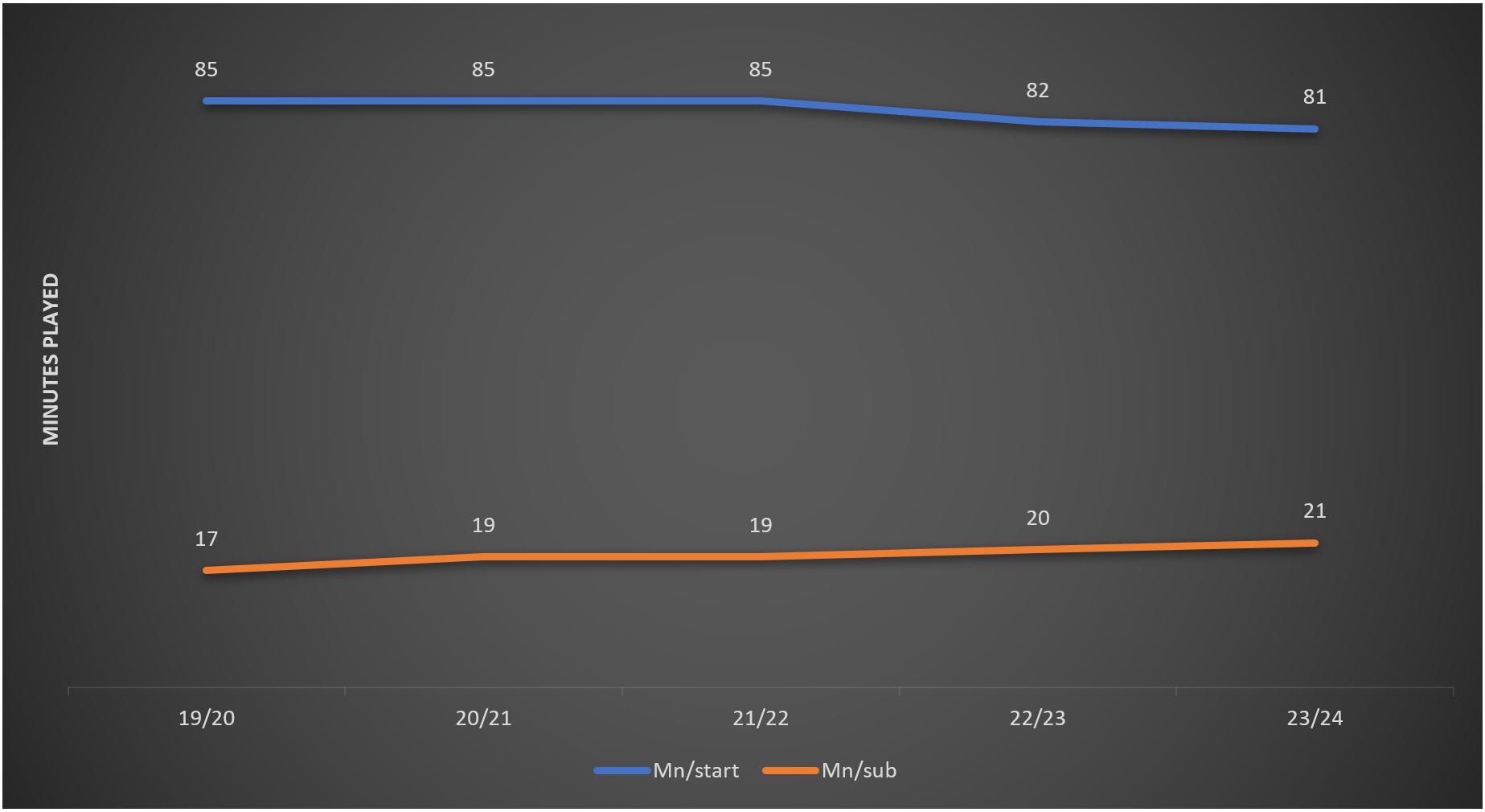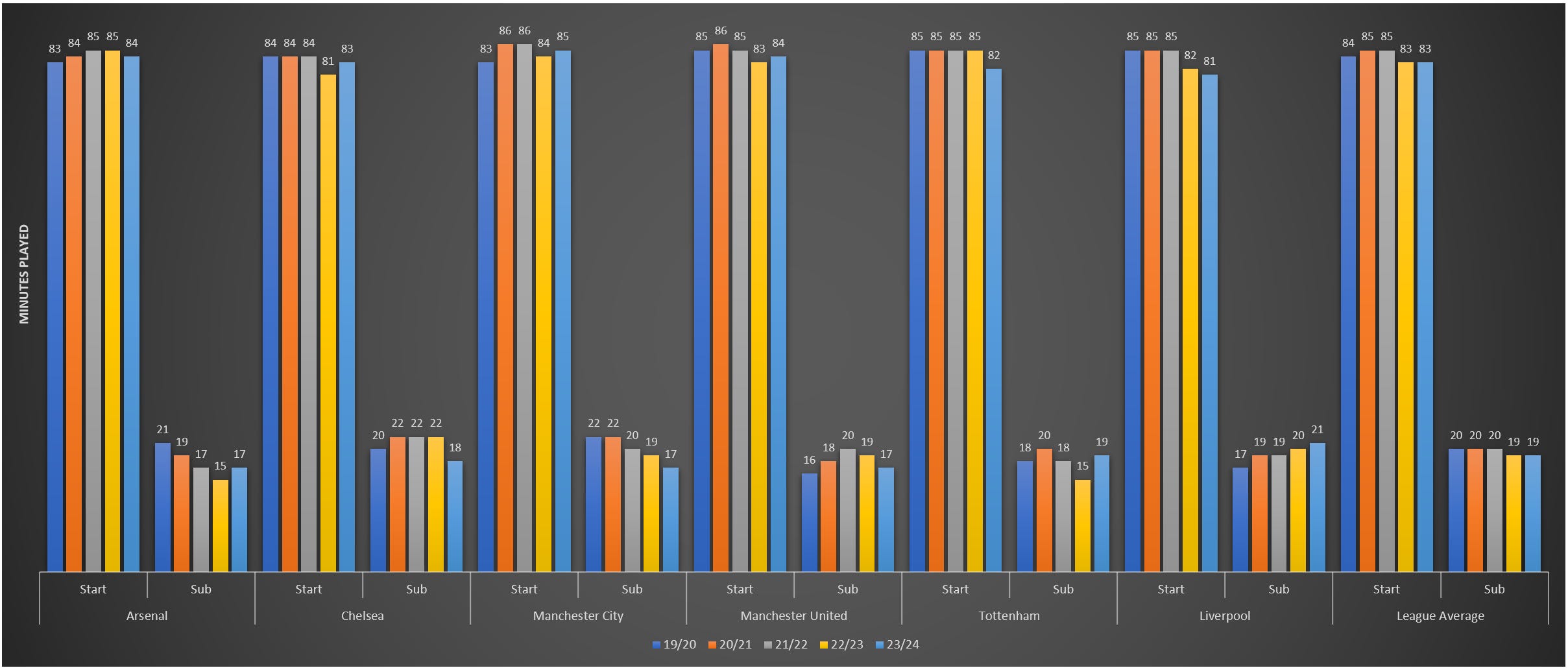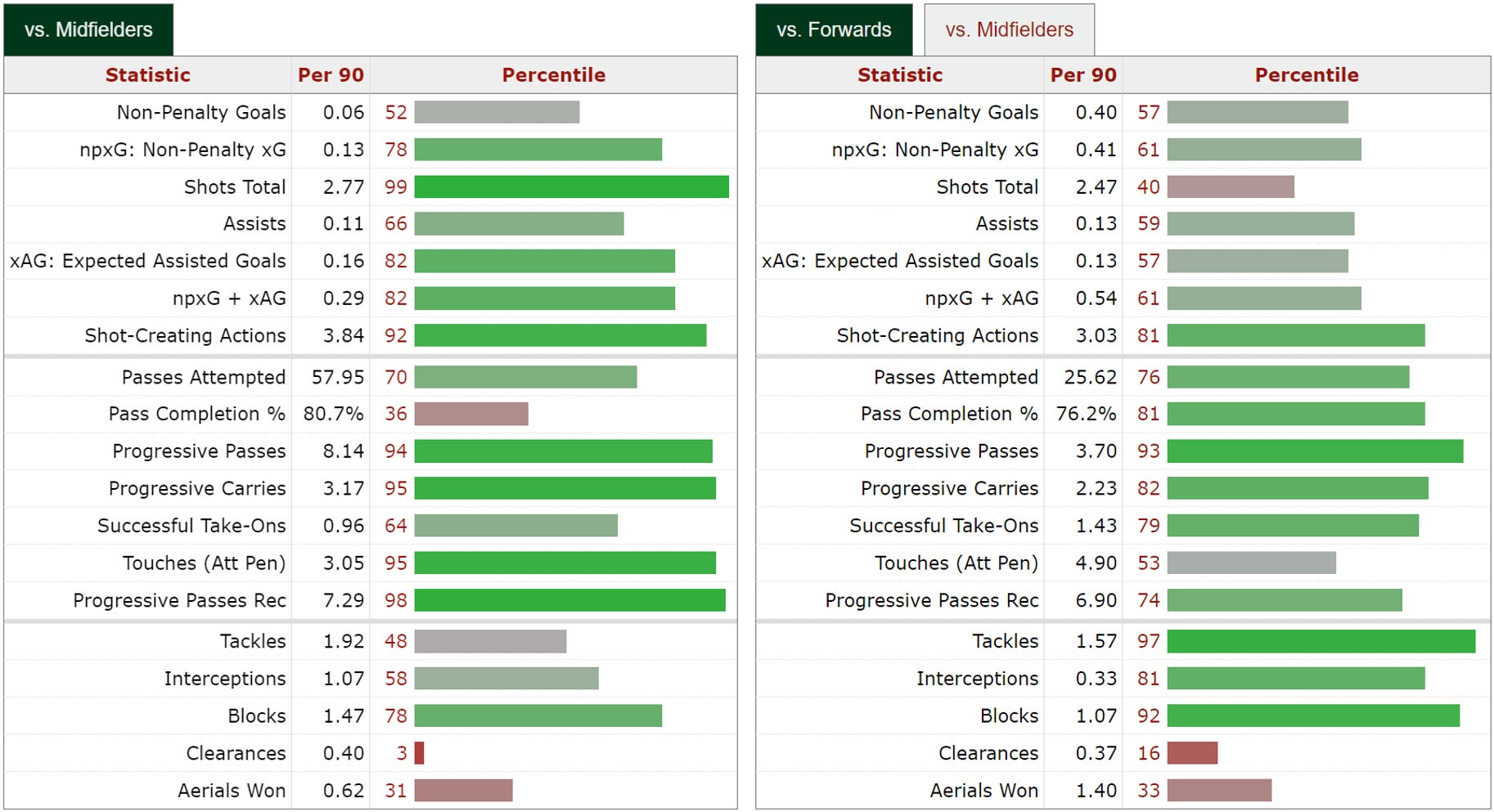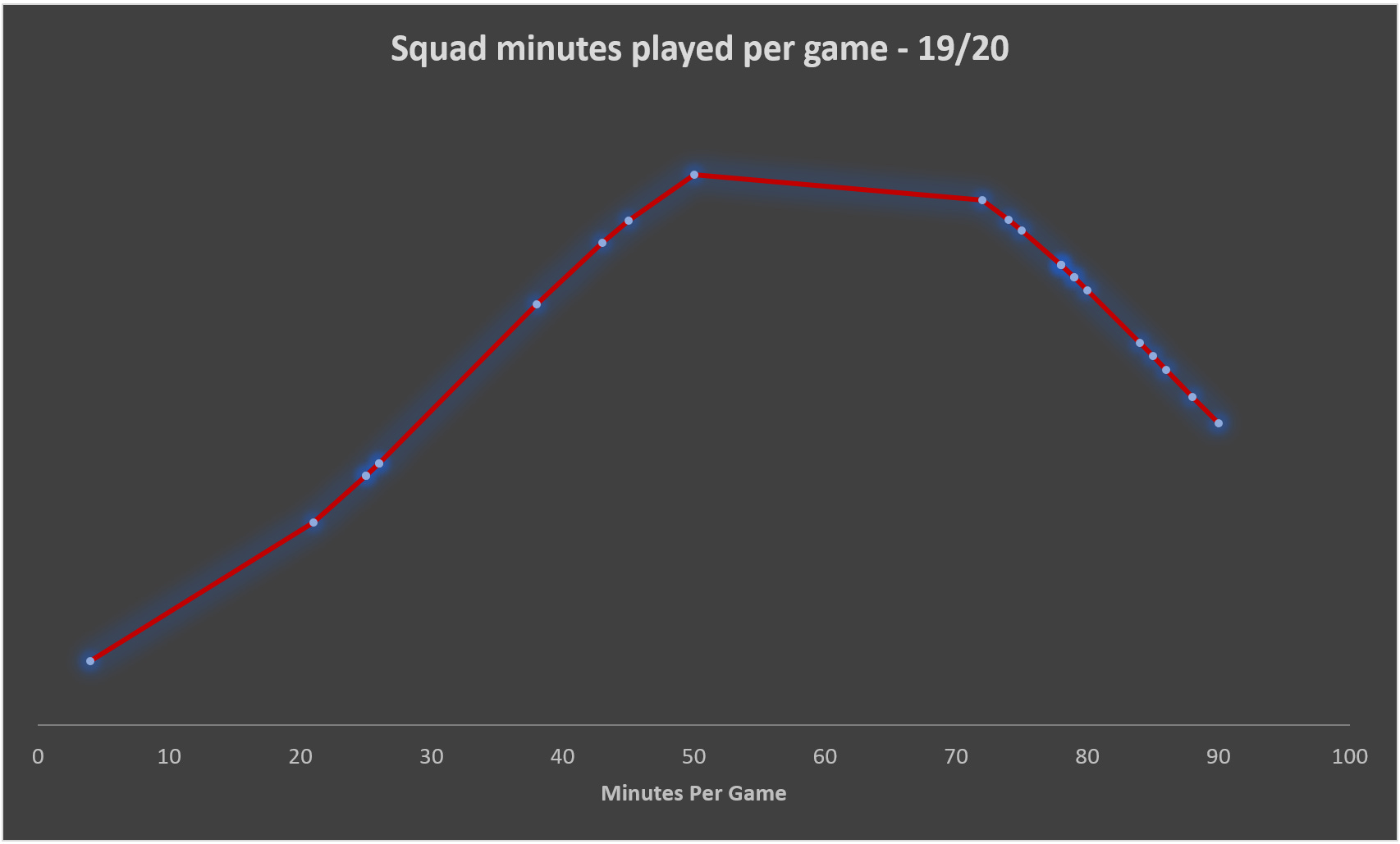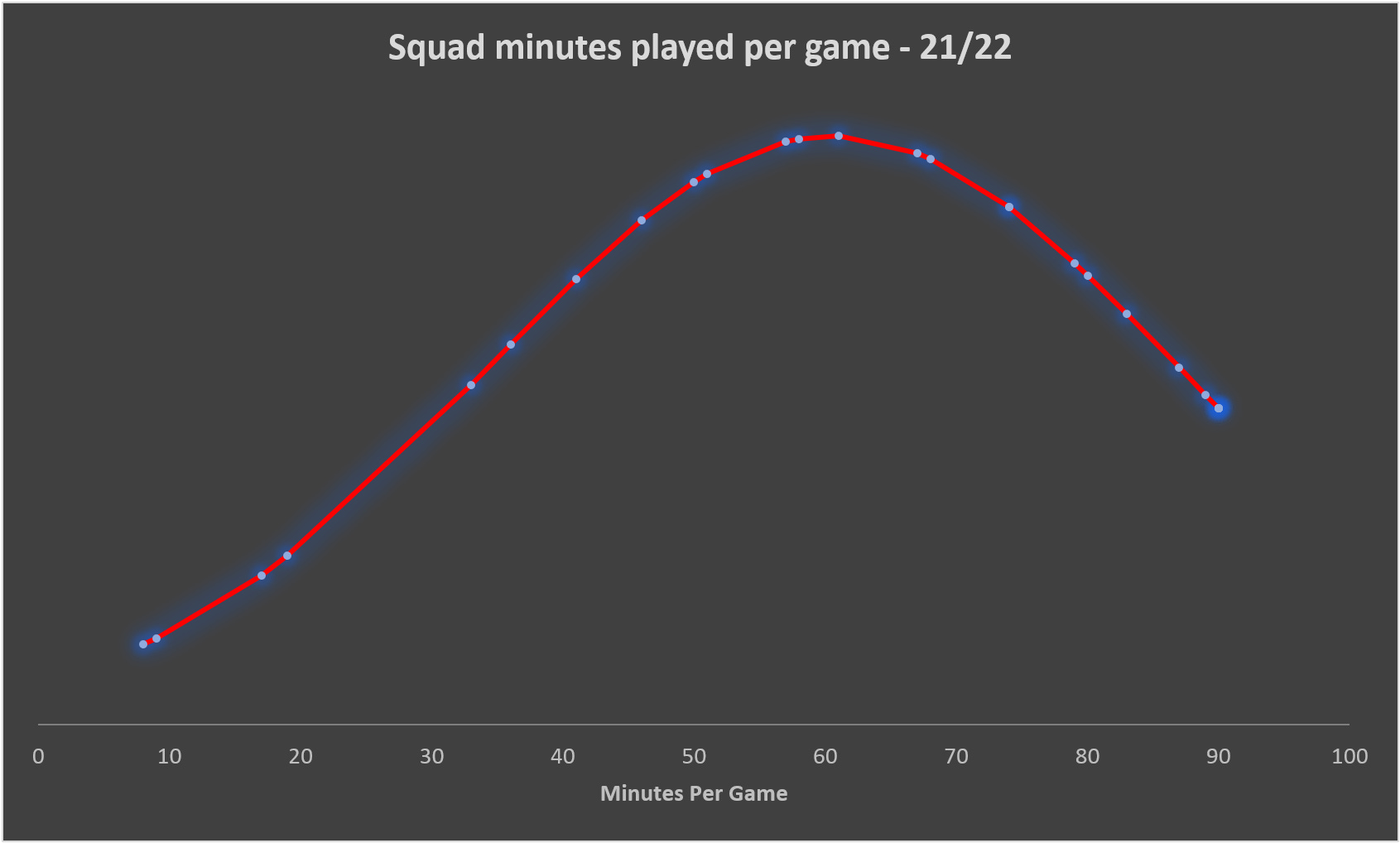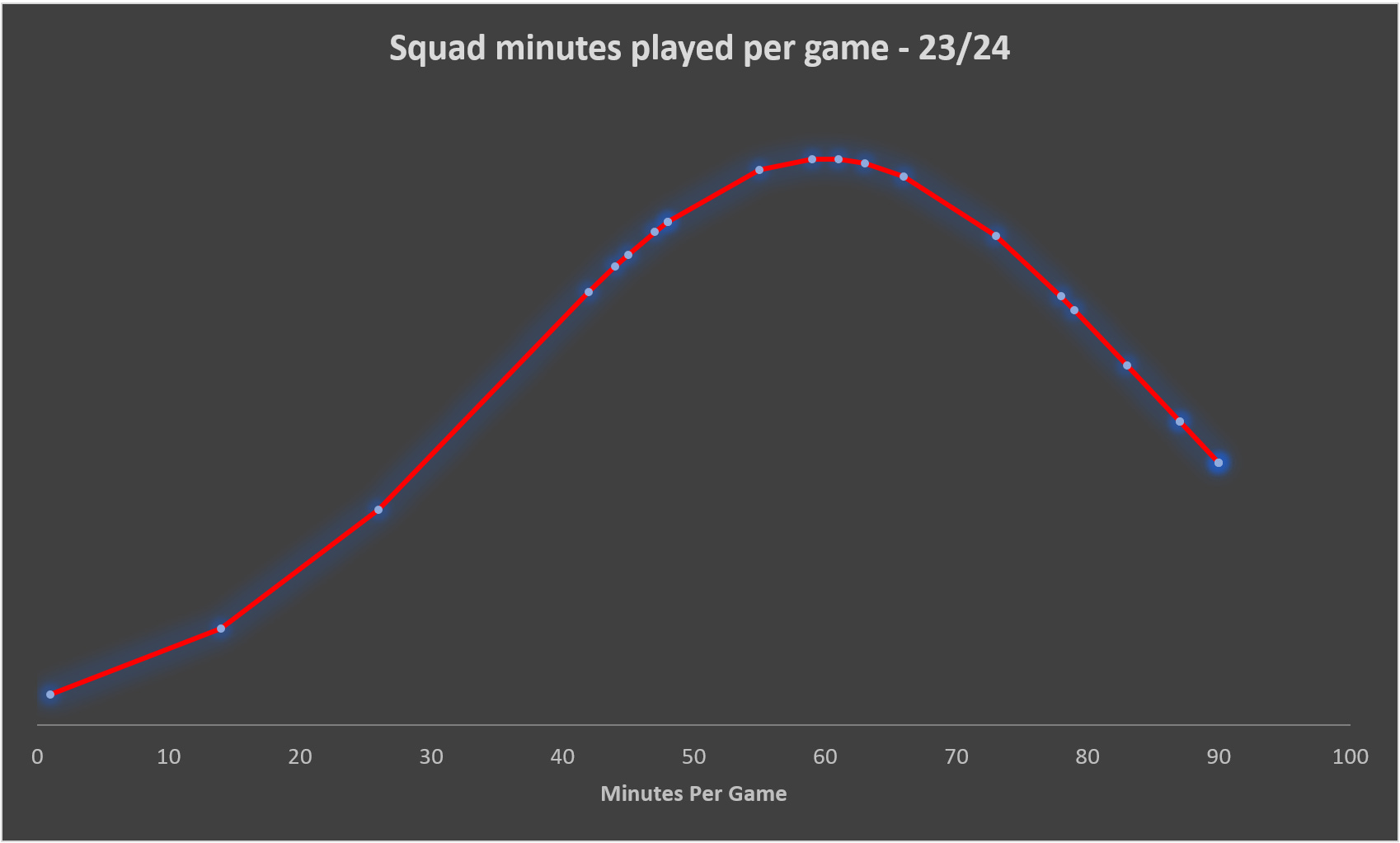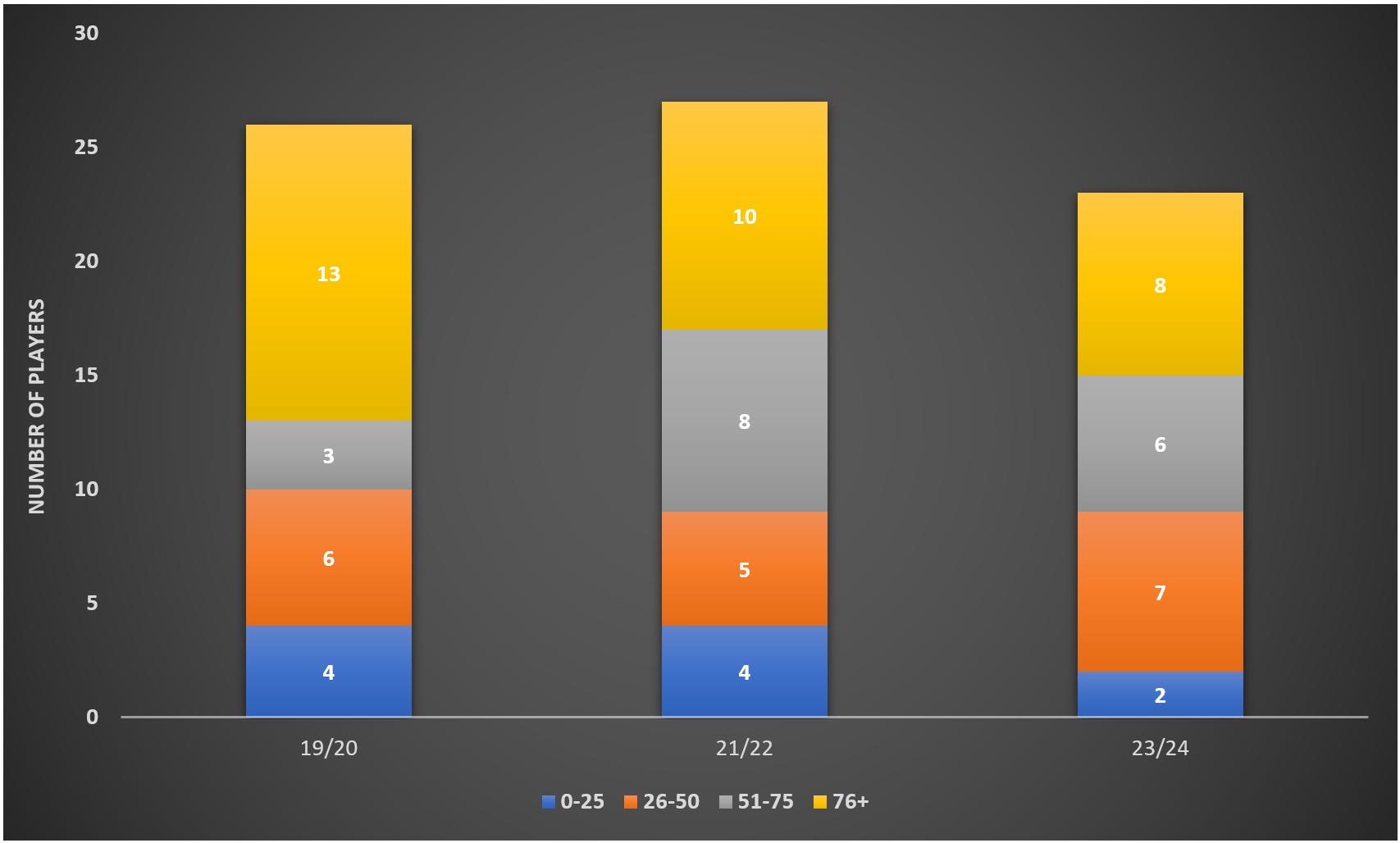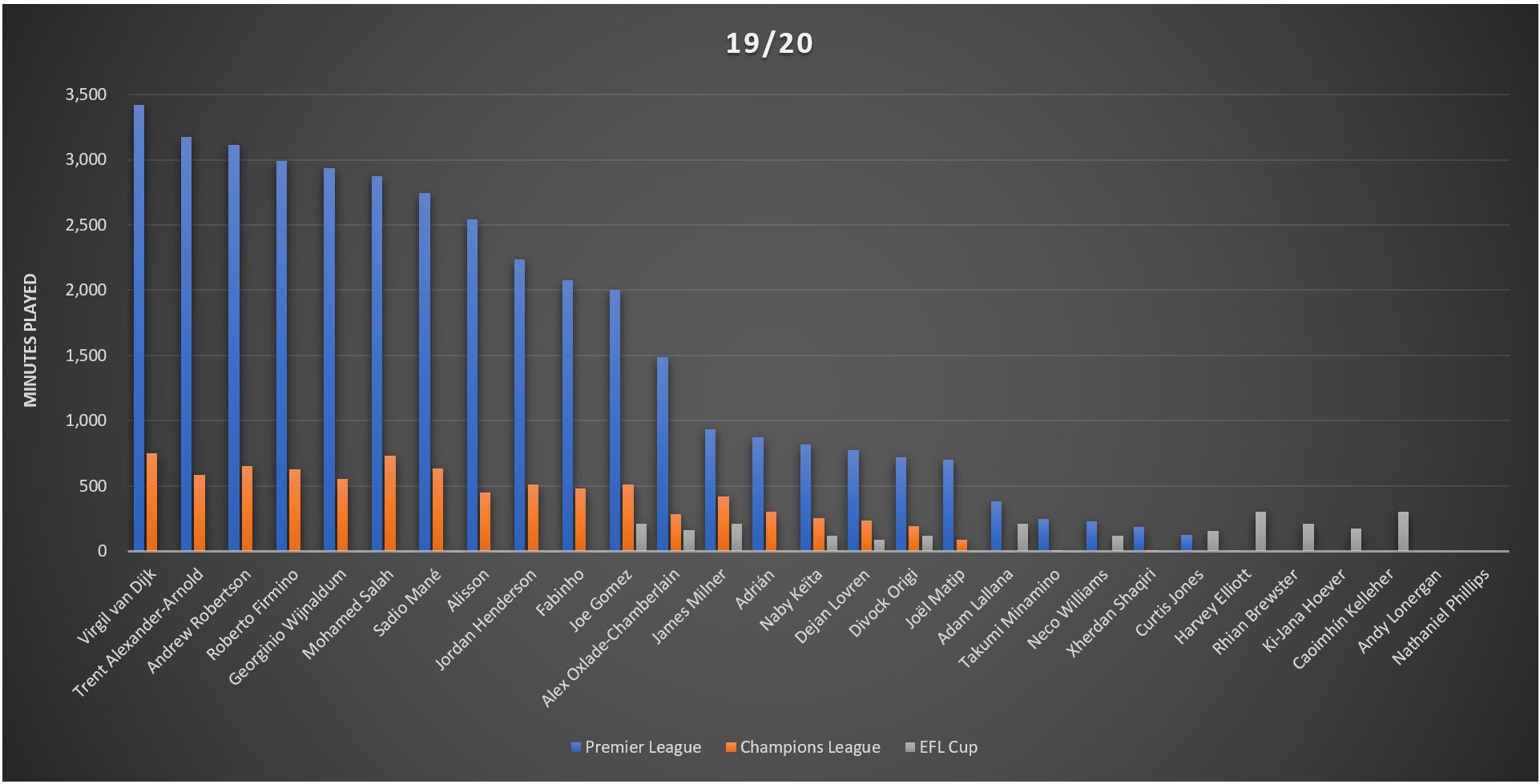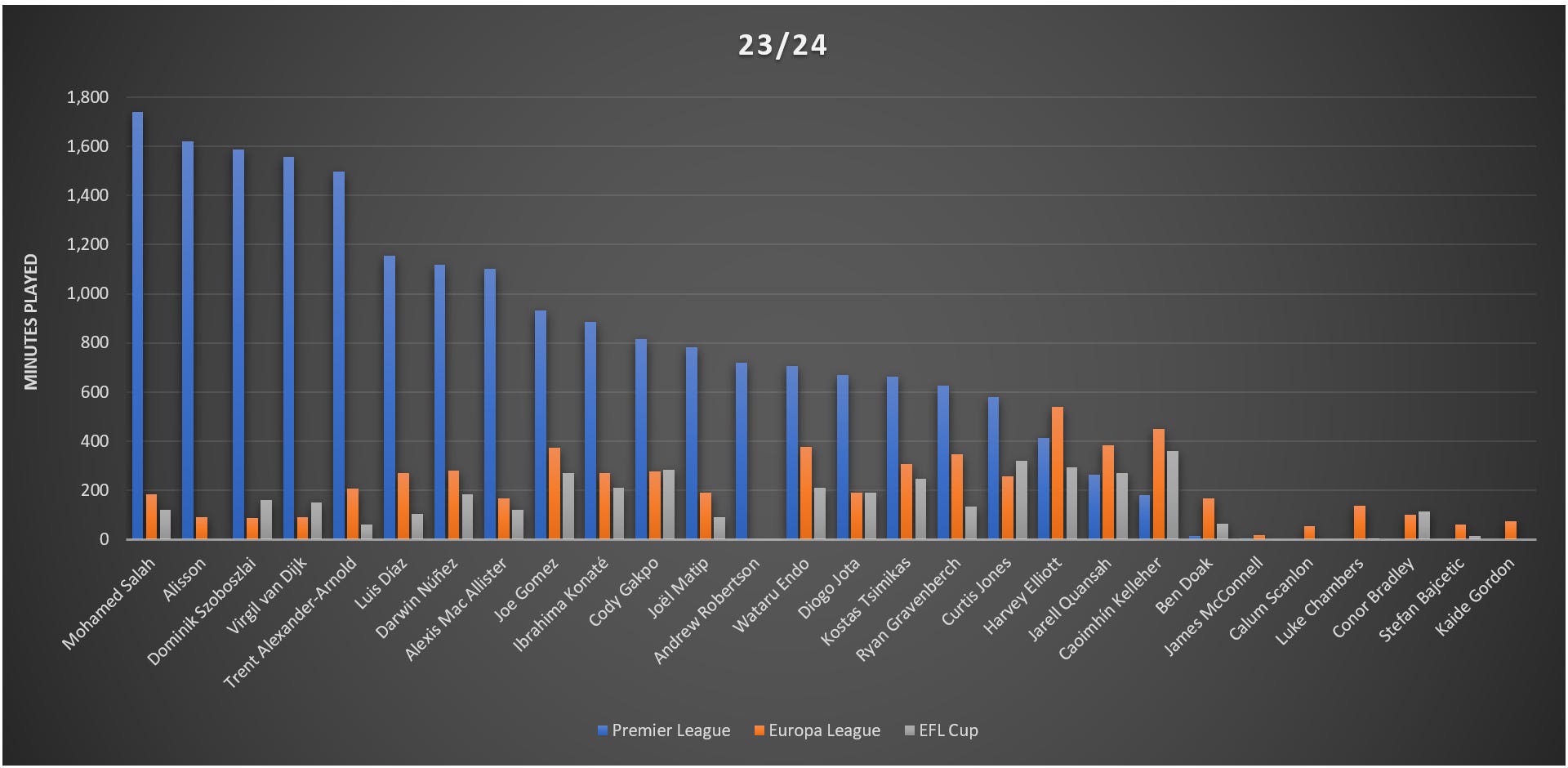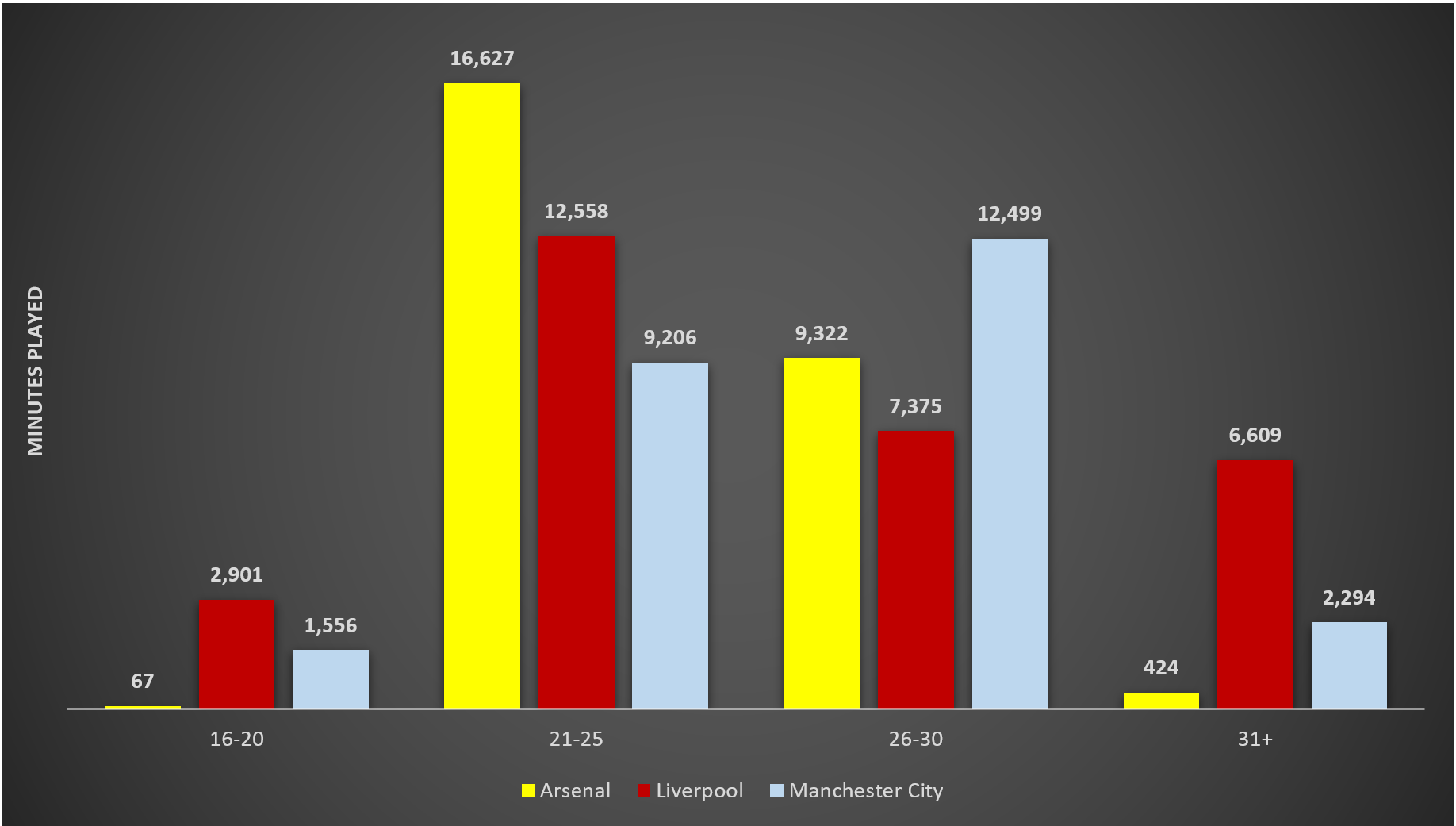Technically speaking, to win a quadruple means that a team would have to win four trophies in a single season. Plenty of football teams across the world have done this already, some more than once. Bayern Munich (3), Barcelona (3), and Real Madrid (2) have won four trophies in a season on multiple occasions, and in England, both major Manchester clubs have managed it once each.
But I’m not talking about winning just any four trophies. I’m talking about The Quadruple.
In football, The Quadruple is recognised as a feat of near-impossibility. It specifically refers to a team winning the following combination of competitions in the same season: the domestic league, domestic cup, continental cup, plus one depending on the team’s nation.
Only once has any of the teams mentioned above have done it: Bayern Munich won the DFL-Supercup, Bundesliga, DFB-Pokal, and UEFA Champions League all in the 2012/13 season. Bayern actually won four trophies again the season after, but two of them were the UEFA Super Cup and FIFA Club World Cup.
For an English club to achieve The Quadruple, they must win the Premier League, Champions League, FA Cup, and Carabao Cup. Manchester City were close to doing it last season, but luckily for the spirit and soul of football as a sport, they lost to Southampton in the quarter-finals of the Carabao Cup. See, not even an (alleged) financially doped team could do it. They managed to win four trophies in the 2018/19 season, but unfortunately it doesn’t count as we’re not interested in Charity.
Despite Pep’s dominant squads over the years, another English team had gone even closer than them to immortality. Liverpool 21/22 were nine minutes and one heroic Thibaut Courtois performance away from doing the impossible. It would’ve been a last hurrah befitting of Jürgen Klopp’s aging core players.
The next season was a rollercoaster for Klopp’s Liverpool. Poor form early in the season hampered any chance of making the top four despite a late season surge up the table. Predictably, speculation about Klopp’s future started spreading, suggesting he may really take that sabbatical he once talked about once his contract expires in 2026. Regardless of the speculation, Klopp and Liverpool pressed on and the squad has undergone somewhat of a heart transplant. It may seem odd to have someone who potentially might be leaving his job in a couple of years to oversee an extremely important squad rebuild, but for most Liverpool fans (myself included), there isn’t anyone better to do so.
Klopp seems to have his energy back after a torrid start to 2023. Last year was one of transition for him as he said goodbye to many dependable deputies and welcomed in almost an entirely new department within his squad. With different faces and different skillsets at his disposal, it’s also an opportunity for him to teach himself new tricks.
One thing is for sure, Klopp is not done at Liverpool. He and his team sit atop of the league, find themselves in the quarter-finals of the Europa League, in the semi-finals of the Carabao Cup, and the fourth round of the FA Cup. It’s safe to say that things are ahead of schedule for the time being. But it’s not just more trophies that Klopp is looking for; he’s won every top-tier competition possible with Liverpool. There’s one thing that he hasn’t won yet though, something that would set him apart from the rest.
Jürgen Klopp is going for The Quadruple, and I’m about to show you how he’s attempting to do it.
Step One: Quantity Has A Quality Of Its Own
If everything had gone to plan, Klopp would be filling up his teamsheet with the likes of Aurélien Tchouaméni and/or Jude Bellingham on it. It’s of no surprise to anyone that he can’t. Both are on Carlo Ancelotti’s teamsheets instead.
The reality for Liverpool Football Club is this: while they can compete against the likes of Real Madrid and Manchester City on the football pitch, they are increasingly unable to do so in the transfer market to buy the best players in the world.
Facing this reality, Klopp and the recruitment team have implemented a different transfer strategy instead: quality in quantity. What Klopp and Liverpool are trying to prove is that you don’t necessarily have to sign the hundred million pound player, but you could go for two or three thirty-to-fortysomething million pound alternatives instead.
The 2023 summer transfer window saw five central midfielders leave the club, some planned, others not. And with all due respect to Jude Bellingham, who is undoubtedly one of the best players in the world at this moment, he cannot reproduce the effort and output of five professional footballers. Bellingham would walk into any team in the world and instantly make them better, but I can confidently say that Liverpool would not be top of the league if he was the only summer signing.
Understanding that he at least needed to adequately replace those that have moved on, Klopp had to decide if spending over a hundred million pounds on a single player, even if he is world-class, would be a wise choice.
The signings of Alexis Mac Allister (€42 million), Dominik Szoboszlai (€70 million), Wataru Endo (€20 million), and Ryan Gravenberch (€40 million) gives you the answer.
This is not to say that Liverpool have the luxury to use more players than other teams. So far, they’ve played twenty-three different players this season, the fewest in the league along with Arsenal, Luton, West Ham, and Wolves. On the other end of the spectrum, Newcastle (30), Manchester United (29), and Chelsea (28) have struggled to build any sort of momentum and it could be related to the number of players they’ve used.
Now that you’ve assembled a squad packed with quality, it’s time to move onto the next step.
Step Two: There Is A Substitute For Hard Work
Substitutions are sort of like tricks you keep up your sleeves in case you need to chase a goal, protect a lead, or simply change things up. A change to the rules ahead of the 2022/23 Premier League season now allows teams to make five subs per match, up from three.
Attempting the The Quadruple means that you have to manage your squad differently from the get-go; ensuring that players stay as fresh for as long as possible, avoiding injury, while simultaneously getting the required number of minutes to maintain their morale, rhythm and momentum. Nothing worth having comes easy, as they say.
This season so far has demonstrated the value of having high quality subs to call upon that can provide you with the winning edge. Remember the squad you’ve just put together? This is how it’s going to come into good use.
Klopp has regularly called upon subs this season to push his team over the line. In total, Liverpool have made 86 subs in the league, averaging 4.3 per game; the sixth-highest subs per game in the league. Only once has Klopp not used more than three subs in a match: against Brighton away when both Jota and Jones were suspended after that infamous Tottenham game. Nevertheless, the team managed to cope without them and were close to leaving the South Coast with a win.
Liverpool subs are now also playing a larger proportion of minutes this season than ever before. We can see that by simply comparing the average minutes played per game by a starter against a substitute over the past few seasons.
As we can see, the average minutes played per substitute has risen gradually over the past five seasons, but perhaps even more importantly, the minutes for a starter have decreased by the same rate, especially after the five-sub rule change.
Curiously, this trend isn’t seen in the other Big Six clubs.
In stark contrast to Liverpool is Manchester City, whose bench doesn’t seem to be getting much enjoyment these days.
Overall, Liverpool starters are averaging the second-lowest minutes played per game this season, while their substitutes are averaging the third-highest in the league.
So how is Klopp making this work?
A part of the answer lies in his tendency to introduce his subs in intervals. Typically, he makes two subs around the 60-65th minute mark, another one or two at 75 minutes, and then a final one around the 85th minute if necessary. Allowing your subs enough time to catch up to the speed of the game is imperative if you’re hoping for an impact.
But more importantly is who Klopp likes to bring on. Subs are not only to introduce fresher legs, but it’s also a chance to change the dynamics of the match.
More often than not in the league this season, Liverpool were drawing or losing by the time they made their first sub (11/20 matches). Thus, Klopp’s first and second rounds of subs are usually used to introduce more attacking intent.
Harvey Elliott and Cody Gakpo have been the most used options off the bench this season, with 14 and 9 appearances respectively. As we can see below, Elliott (left) and Gakpo (right) are especially progressive in terms of carries and passes for a typical player in their respective positions.
By bringing on more progressive players, Klopp adds more fuel to his firepower. He turns up the dial on his opponents to the point where it becomes more a matter of when, not if, Liverpool will score.
Out of the eleven times this season that Liverpool were either drawing or losing when they made their first round of subs, they were able to convert five of them into wins, which makes up 38% of their total league wins (13) so far this season. Four out of five of those games had at least one goal contribution from a sub. Those games were Newcastle (A), Everton (H), Crystal Palace (A), and Newcastle (H). Something tells me we’re not very popular in the North East.
There was also that game against Luton which almost ended in embarrassment, until substitutes Elliott and Díaz combined to equalise in the 95th minute.
We’ve now seen how the proper use of substitutes can turn things around in your favour. The last thing to do is to make sure you can keep this going for an entire season.
Step Three: You Can Win Everything With Kids
“You can’t win anything with kids” said Alan Hansen on Match of the Day in 1995. He was referencing the age of the Manchester United team that had just lost 3-1 to Aston Villa on the opening day of the season. That United team consisted of players like David Beckham, Paul Scholes, and Gary Neville.
Just like that United team that went on to dominate English football for the next decade, Klopp is also proving Mr. Hansen wrong, for now.
Could you imagine how much players like Trent Alexander-Arnold, Curtis Jones, Jarrell Quansah, and Caoimhín Kelleher would cost in the current market? They’re just a few of the academy graduates that have turned into regular features for Liverpool this season. I could also mention the likes of Conor Bradley or Stefan Bajčetić, for whom injuries, and subsequently recovery, have prevented them from getting more playing time. Or Harvey Elliott, who might fool you into thinking he’s older than his twenty years of age despite having joined the club four seasons ago. Or Ben Doak, who has on occasion displayed flashes of his technical qualities even before his eighteenth birthday.
All in all, there seems to be a trend forming and a possible lesson to be learned - there’s value in your academy and homegrown players other than just for funding your next big transfer. Most Liverpool fans would probably tell you that we would not be top of the table after twenty matches played, holding an advantage going into the second leg of the Carabao Cup semi-final, comfortably through to the quarter-finals of the Europa League, and into the fourth round of the FA Cup if not for the valuable contributions our young guns have made along the way this season.
The rationale is quite simple actually, it really just boils down to this: the more minutes you give your younger players, the less minutes your key players have to play. The less minutes they have to play, the more rested they will be over the course of a gruelling season. The more rested they are, the more likely they are to avoid injury. Add that together and it provides your key players with a platform to go and perform at their best, the youngsters with more experience, and hopefully your team with three points. Win-win-win.
Klopp’s rebuttal of Hansen does not merely state that you can win anything with kids, it’s that you can win everything with them.
We’ve just covered the steps on how to build a squad capable to withstand the physical demands of a season, as well as how to use substitutes to win matches that you initially seemed unlikely to.
Lastly, we will now explore how managing minutes across your squad throughout the duration of a season, is the everything nice to your sugar and spice.
In the title-winning season, there was a clear difference between the minutes played by regular starters and rotational players.
Then in 21/22, they found more of a balance as they fought on four fronts.
And so far this season, the spread seems to be similar to that of 21/22.
The more equal distribution of minutes this season is further demonstrated below. Even if he has used less players than before, Klopp is able to spread out minutes more evenly across his smaller squad, especially with the number of players whose average minutes per game fall in the 26-50 minute band.
It shows that Klopp is more trusting of his squad players to carry more of the load.
We can also see the effect of a better distribution of minutes all the way down to the individual player level. Below is each player’s minutes played in each competition in the 19/20 season.
And here’s the distribution halfway through this season:
Alright, here’s the caveat: the fact that we’re competing in the Europa League this season instead of the Champions League allows us to rotate more often. But perhaps this season is an experimental one for a team in transition; the dress rehearsal before their big day.
Given that this squad is on an upward developmental trajectory, it would suggest that they could carry this practice forward into the Champions League. That’s why it’s vital to give our younger squad players like Elliott, Jones, and Gravenberch as much of the experience that this season has to offer in order to prepare them for the real test that awaits them next season (*knock on wood*).
And so far, so good. We’ve looked surprisingly impressive this season while competing on all four available fronts at the same time. It might not quite be The Quadruple, but it might as well be for an up-and-coming group of players.
This is a result of structural changes that were made during the Klopp tenure; a vision to have the senior team and Academy players all training under one roof. It allows for youth players to be smoothly integrated into the senior team, and for the coaching staff to pay closer attention to their development.
Seeing how players like Elliott and Jones have grown into the highly-regarded players that they now are demonstrates how the £50 million investment to build the new training facility at Kirkby has already proven to be a shrewd one. As I asked earlier, how much money would Liverpool be able to recoup if they sold all these players today? Or put it this way, how much would it take Liverpool to buy players of a similar calibre?
At the time of writing, Liverpool have just won against Arsenal and Fulham in the FA and Carabao Cups respectively. On both occasions, Liverpool started four players who at one point regularly played for the club’s Academy, while their benches on each occasion were warmed by a multitude of promising prospects. It was maybe done more out of necessity rather than choice with the Reds’ senior squad running a little thin. At least five first-team calibre players are currently out injured while Salah and Endo are also away with their international teams for at least the next few weeks.
It’s safe to say that we wouldn’t still be vying for four trophies at this moment if not for the successful integration of Academy products into the first-team over the past few seasons. It provides Klopp with a steady stream of talents so that the club can remain calm and seek better, smarter deals in the transfer market. We can be confident that our boys from the Academy can lend us a helping hand on our mission to win the lot, again.
Lastly, to finish off on an even more positive note for Liverpool fans, let’s look at the current profile of our squad. After following the above three steps, can we confidently say that this Liverpool squad is in a place where they can continue to build momentum, chemistry, and the required belief that they can continue to be competitive for years to come?
Of the three title favourites this season, Arsenal seems to have built a strong foundation for the future, while most of Manchester City’s key players are on the wrong side of twenty-five. On the other hand, Liverpool are striking more of a balance between youth and experience, which is arguably necessary if you’re striving for both immediate and future success. And when you look even closer, it’s only Alisson, Salah, Matip, and Van Dijk that make up the minutes within the 31+ age group. That means that their other core players, such as Trent, Szoboszlai, Mac Allister, and Konaté, have at least a handful of more playable years left in them.
So there you have it. By following this guide, Klopp has managed to rejuvenate his tired team and propel them back to where they were before, continuing where they left off after their previous unsuccessful attempt at The Quadruple.
Whether or not he can keep this going until the end of this season is one question, but an even bigger question is if he can continue to rotate in a similar fashion once they start competing in the Champions League.
Only time will tell.




